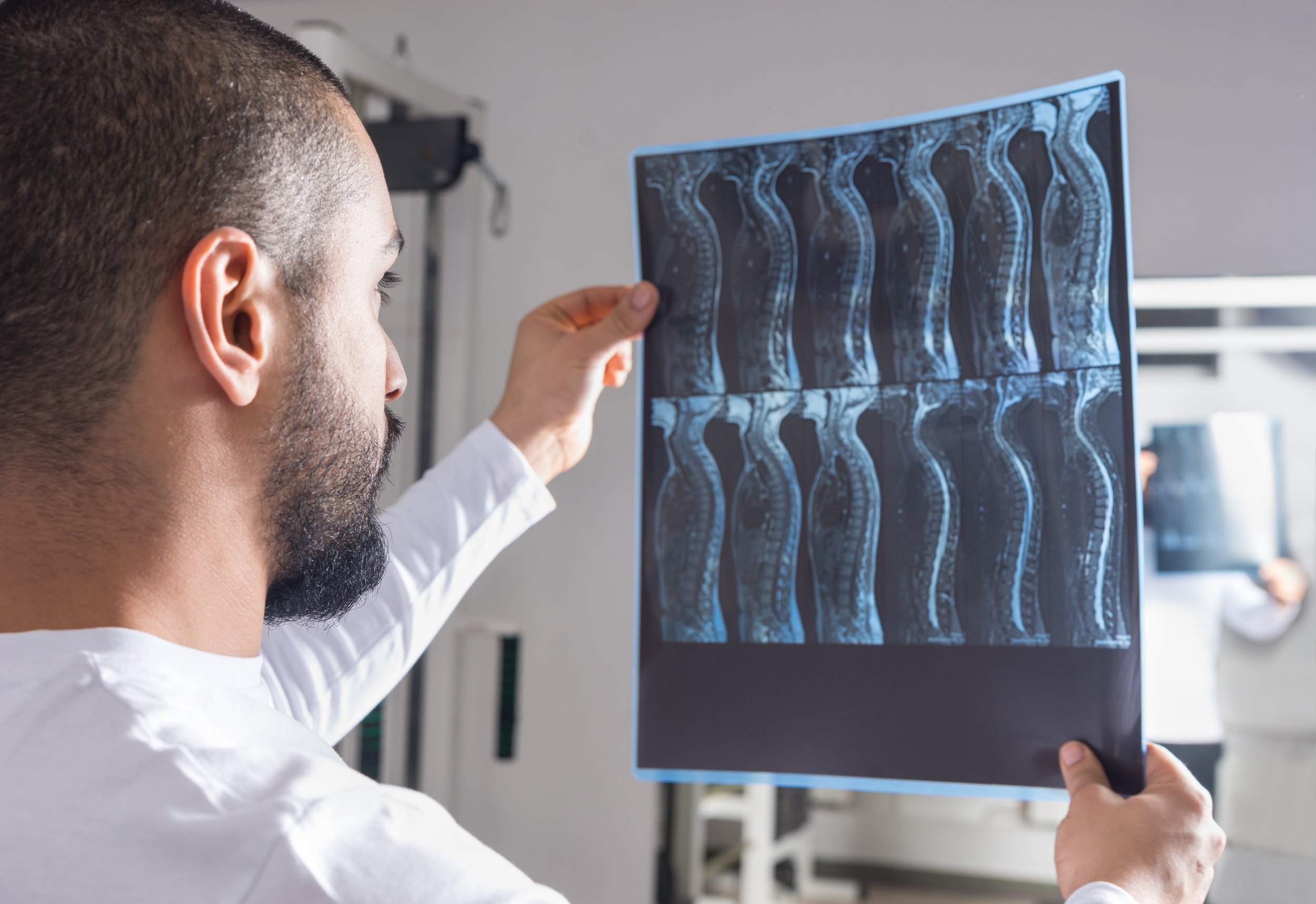Nanogels Target Spinal Cord Injuries for Enhanced Recovery

A groundbreaking development in the treatment of spinal cord injuries introduces a novel approach through the use of specialised nanotechnology.
Known as a nanogel, this delivery system is the brainchild of researchers at Politecnico di Milano. It's ingeniously designed to target glial cells specifically, delivering anti-inflammatory medication right to the core of where it's needed most. Glial cells are critical players in the progression of spinal cord injuries, often resulting in severe conditions like paraplegia or quadriplegia. This innovative nanogel represents a significant leap forward in targeted therapy, offering new hope for those affected by such debilitating injuries.
The current treatment methods for managing the inflammatory response triggered by spinal cord injuries have shown limited success. This is partly due to the absence of a treatment strategy explicitly targeting microglial and astrocytic cells. These cells are integral in controlling the brain's internal environment, especially after an injury to the spinal cord.
The nanogels, a creation of the collaboration between the Politecnico di Milano and the Istituto di Ricerche Farmacologiche Mario Negri IRCCS, are made from polymers designed to attach to specific molecules. Specifically, these nano gels are tailored to bind to glial cells, critical players in the inflammation following a spinal cord injury. By loading these nanogels with rolipram, a drug known for its anti-inflammatory properties, the researchers have found a way to alter the state of glial cells from harmful to protective, aiding in the healing of damaged tissues.
This targeted approach ensures that the drug is released directly where needed, enhancing its effectiveness while minimising potential adverse effects. Filippo Rossi, a professor in the Department of Chemistry, Materials and Chemical Engineering "Giulio Natta" at Politecnico di Milano, emphasised the importance of identifying the functional groups that allow nanogels to target specific cell populations selectively. Rossi stated, "The key to the research was understanding the functional groups that selectively target nanogels within specific cell populations. This makes it possible to optimise drug treatments by reducing unwanted effects."
The promising outcomes of this study were observed in animal models suffering from spinal cord injuries. The application of nanogels reduced inflammation and significantly improved the animals' recovery capabilities, leading to a partial restoration of motor functions. These findings hint at the potential of this technology to revolutionise the treatment of spinal cord injuries, offering hope for enhanced recovery and quality of life for affected individuals.
Pietro Veglianese, the head of the Acute Spinal Trauma and Regeneration Unit at the Department of Neuroscience at Istituto Mario Negri, expressed optimism about the broader implications of this research. He highlighted the study's success in animal models: “The results show that nanogels reduced inflammation and improved recovery capacity in animal models with spinal cord injury, partially restoring motor function. These results open the way to new therapeutic possibilities for myelinolysis patients."
Furthermore, the researchers believe this targeted treatment strategy could extend beyond spinal cord injuries. Given the crucial role of inflammation and glial cells in neurodegenerative diseases such as Alzheimer's, this nanogel-based approach could offer new avenues for treatment in a range of conditions characterised by neuroinflammation.
This innovative research demonstrates the potential of nanotechnology in medical treatments and opens the door to new therapeutic strategies for conditions that have long been challenging to treat. By harnessing the precision of nanogels to target specific cells, this approach offers a promising path toward more effective and safer treatments for spinal cord injuries and possibly other neurodegenerative diseases.
COMPANIES TO WATCH:
Nanospectra Biosciences, Nanobiotix
Author
Isabella Sterling
Content Producer and Writer





